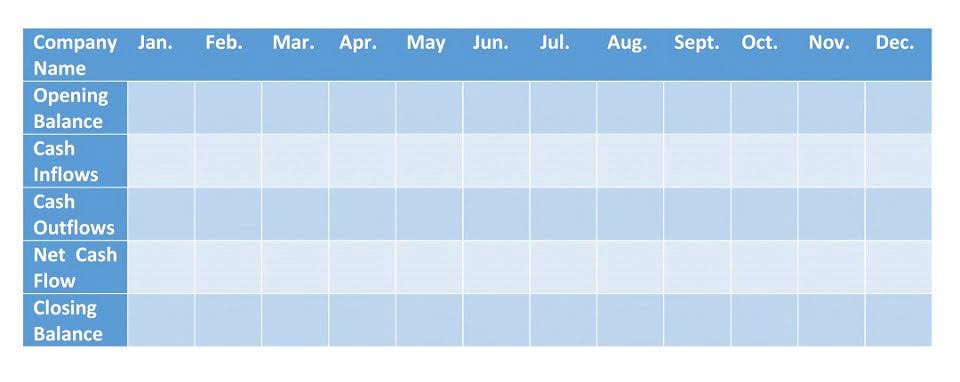
You need to calculate the contribution margin to understand whether your business can cover its fixed cost. Also, it is important to calculate the contribution margin to know the price contribution margin def at which you need to sell your goods and services to earn profits. This means that $15 is the remaining profit that you can use to cover the fixed cost of manufacturing umbrellas.
Other Profit Metrics

Fixed costs are one-time purchases for things like machinery, equipment or business real estate. Thus, at the 5,000 unit level, there is a profit of $20,000 (2,000 units above break-even point x $10). Here, we are calculating the CM on a per-unit basis, but the same values would be obtained if we had used the total figures instead. One common misconception pertains to the difference between the CM and the gross margin (GM).
Contribution Margin Per Unit
While the former considers only variable costs, the latter takes into account both variable and fixed costs. It is important to assess the contribution margin for break-even or target https://www.bookstime.com/ income analysis. The target number of units that need to be sold in order for the business to break even is determined by dividing the fixed costs by the contribution margin per unit.

The Evolution of Cost-Volume-Profit Relationships
This concept helps companies make decisions about whether to add or subtract a product line, to price a product or service, to determine the optimal mix of products, and to calculate the breakeven point. Reduce variable costs by getting better deals on raw materials, packaging, and shipping, finding cheaper materials or alternatives, or reducing labor costs and time by improving efficiency. It includes the rent for your building, property taxes, the cost of buying machinery and other assets, and insurance costs. Whether you sell millions of your products or 10s of your products, these expenses remain the same. The DB4 (irrelevant for most small & medium-sized companies) also includes the area fixed costs.

- Get instant access to video lessons taught by experienced investment bankers.
- This cost of the machine represents a fixed cost (and not a variable cost) as its charges do not increase based on the units produced.
- Remember, that the contribution margin remains unchanged on a per-unit basis.
- Thus, the contribution margin is 40%, or ($10,000 – $6,000) / $10,000.
- While gross profit is more useful in identifying whether a product is profitable, contribution margin can be used to determine when a company will break even or how well it covers fixed costs.
For example, a CM ratio of 40% means that for each dollar of sales, the company has $0.40 left after covering variable costs to pay fixed costs and make a profit. Let’s assume that a manufacturer has only one product and 80,000 units were manufactured and sold during a recent year. The variable expenses were $4 per unit (consisting of manufacturing costs of $3 per unit and variable SG&A expenses of $1 per unit). The company’s fixed expenses were $390,000 (consisting of fixed manufacturing costs of $300,000 and fixed SG&A expenses of $90,000). To calculate the unit contribution margin, you subtract the variable costs per unit from the selling price per unit.
- If a company uses the latest technology, such as online ordering and delivery, this may help the company attract a new type of customer or create loyalty with longstanding customers.
- So, you should produce those goods that generate a high contribution margin.
- The contribution margin ratio for the company was 60% (contribution margin of $480,000 divided by revenues of $800,000).
- In the Dobson Books Company example, the total variable costs of selling $200,000 worth of books were $80,000.
- Another common example of a fixed cost is the rent paid for a business space.
Thus, CM is the variable expense plus profit which will incur if any activity takes place over and above BEP. This means that the production of grapple grommets produce enough revenue to cover the fixed costs and still leave Casey with a profit of $45,000 at the end of the year. The contribution margin ratio can be used as a measure of a company’s profitability as well as a measure of how profitable a particular product line is. Evaluating the contribution margin ratio for a certain brand or product can help determine if it makes sense for the company to continue selling it at its current price. Variable costs are direct and indirect expenses incurred by a business from producing and selling goods or services. These costs vary depending on the volume of units produced or services rendered.
